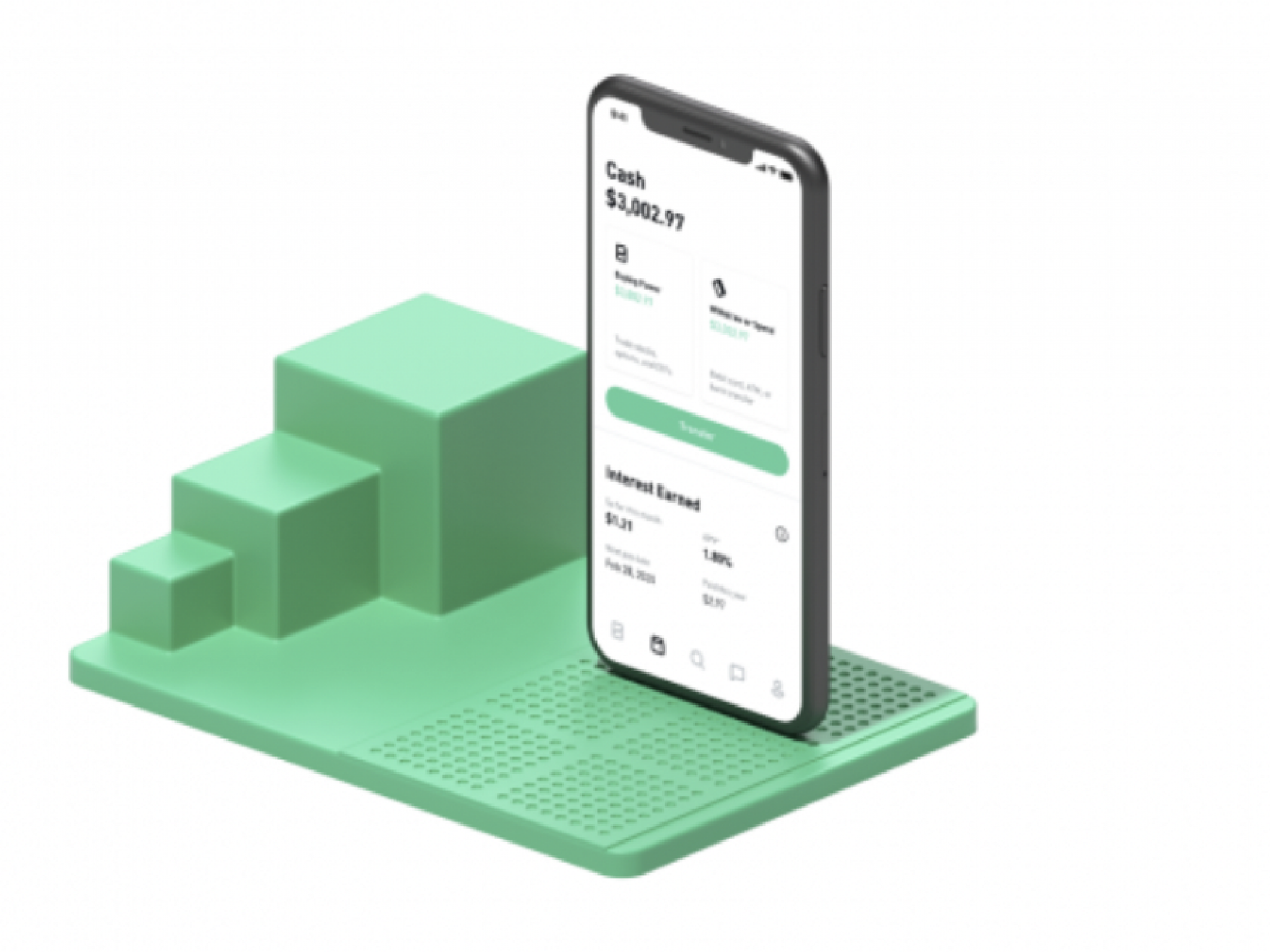
Robinhood Markets, Inc (NASDAQ:HOOD) was skyrocketing 25% on Tuesday, confirming the stock the uptrend pattern is intact. The massive move higher came after Robinhood announced it extended its trading hours, with a goal to offer 24/7 trading in the future.
An uptrend occurs when a stock consistently makes a series of higher highs and higher lows on the chart.
The higher highs indicate the bulls are in control while the intermittent higher lows indicate consolidation periods. Traders can use moving averages to help identify an uptrend with rising lower timeframe moving averages (such as the eight-day or 21-day exponential moving averages) indicating the stock is in a steep shorter-term uptrend and rising longer-term moving averages (such as the 200-day simple moving average) indicating a long-term uptrend.
A stock often signals when the higher high is in by printing a reversal candlestick such as a doji, bearish engulfing or hanging man candlestick. Likewise, the higher low could be signaled when a doji, morning star or hammer candlestick is printed. Moreover, the higher highs and higher lows often take place at resistance and support levels.
In an uptrend the "trend is your friend" until it’s not and in an uptrend there are ways for both bullish and bearish traders to participate in the stock:
- Bullish traders who are already holding a position in a stock can feel confident the uptrend will continue unless the stock makes a lower low. Traders looking to take a position in a stock trading in an uptrend can usually find the safest entry on the higher low.
- Bearish traders can enter the trade on the higher high and exit on the pullback. These traders can also enter when the uptrend breaks and the stock makes a lower low indicating a reversal into a downtrend may be in the cards.
- Want direct analysis? Find me in the BZ Pro lounge! Click here for a free trial.
The Robinhood Chart: Robinhood entered into a long-term downtrend on Aug. 4, 2021, just five days after going public, which caused the stock to decline 88% from its all-time high of $85 to a Jan. 28 all-time low of $9.93. The stock then traded in a sideways pattern until Feb. 24 when it printed a double bottom pattern at the all-time low, where it reversed course into an uptrend.
- The most recent higher low of the uptrend was created on March 25 at the $12.26 level and the most recent higher high was formed on Tuesday. Eventually, Robinhood will trade down to form another higher low, which could provide a solid entry point for bullish traders who aren’t already in a position.
- If Robinhood closes the trading day near its high-of-day it will print a bullish kicker candlestick, which could indicate higher prices will come again on Wednesday. If higher prices don’t come, the second most likely scenario could see Robinhood print an inside bar pattern, which would lean bullish for a move higher later in the week.
- Lower prices are likely to come over the next few days because the stock’s relative strength index is becoming extended at the 70% level. When a stock’s RSI reaches or exceeds that level it becomes overbought, which can be a sell signal for technical traders.
- Robinhood has resistance above at $17.08 and $19.89 and support below at $12.77 and $9.83.








